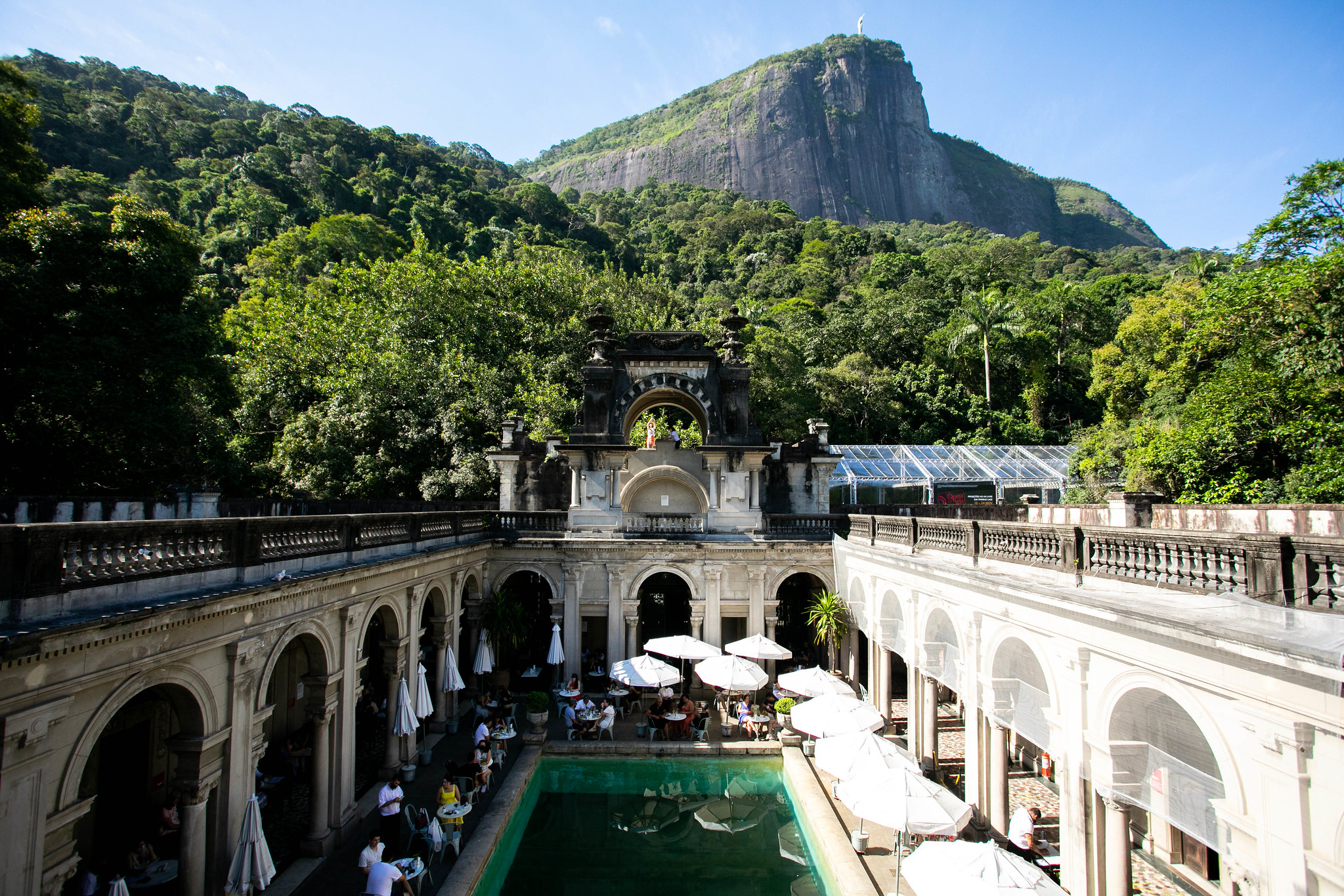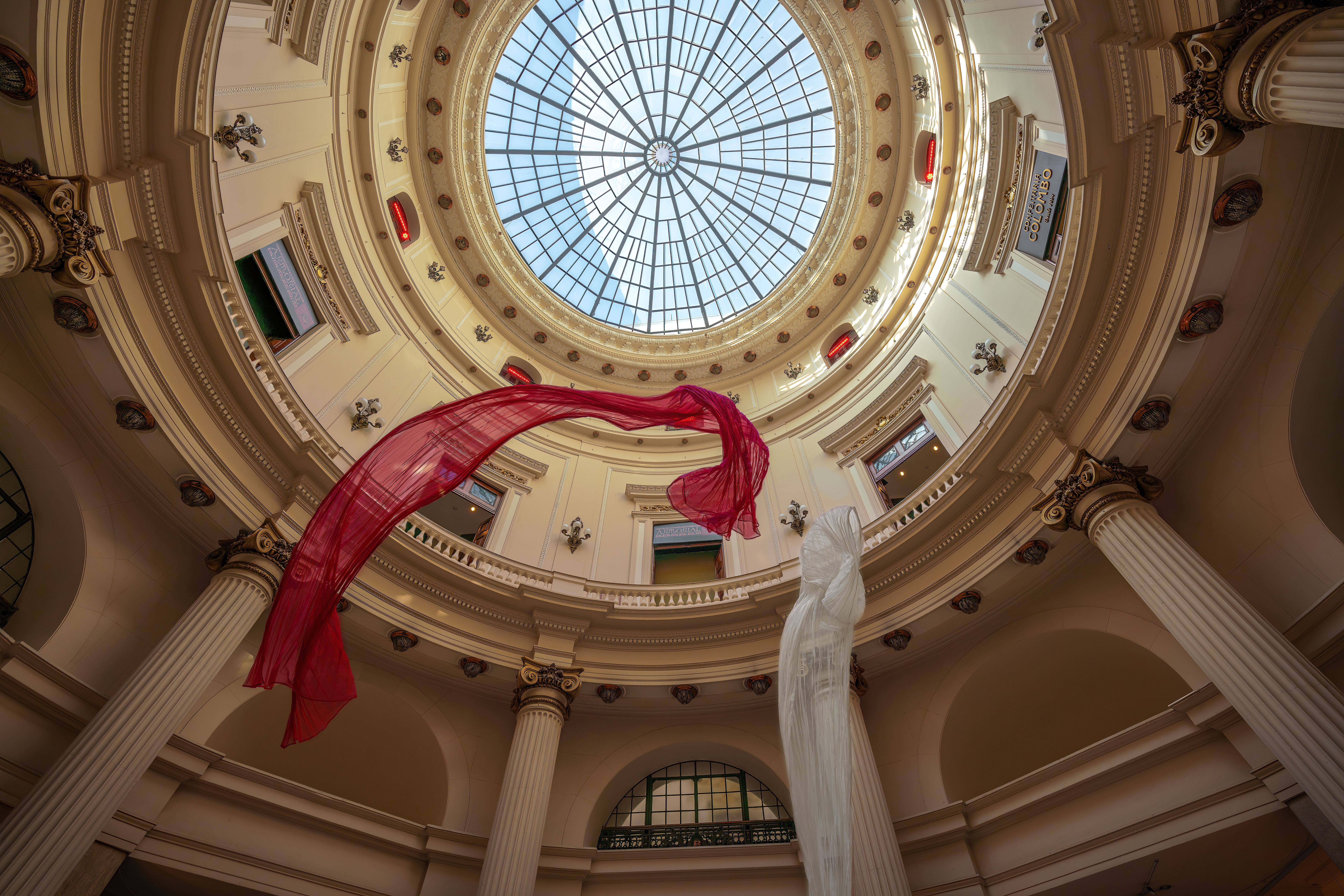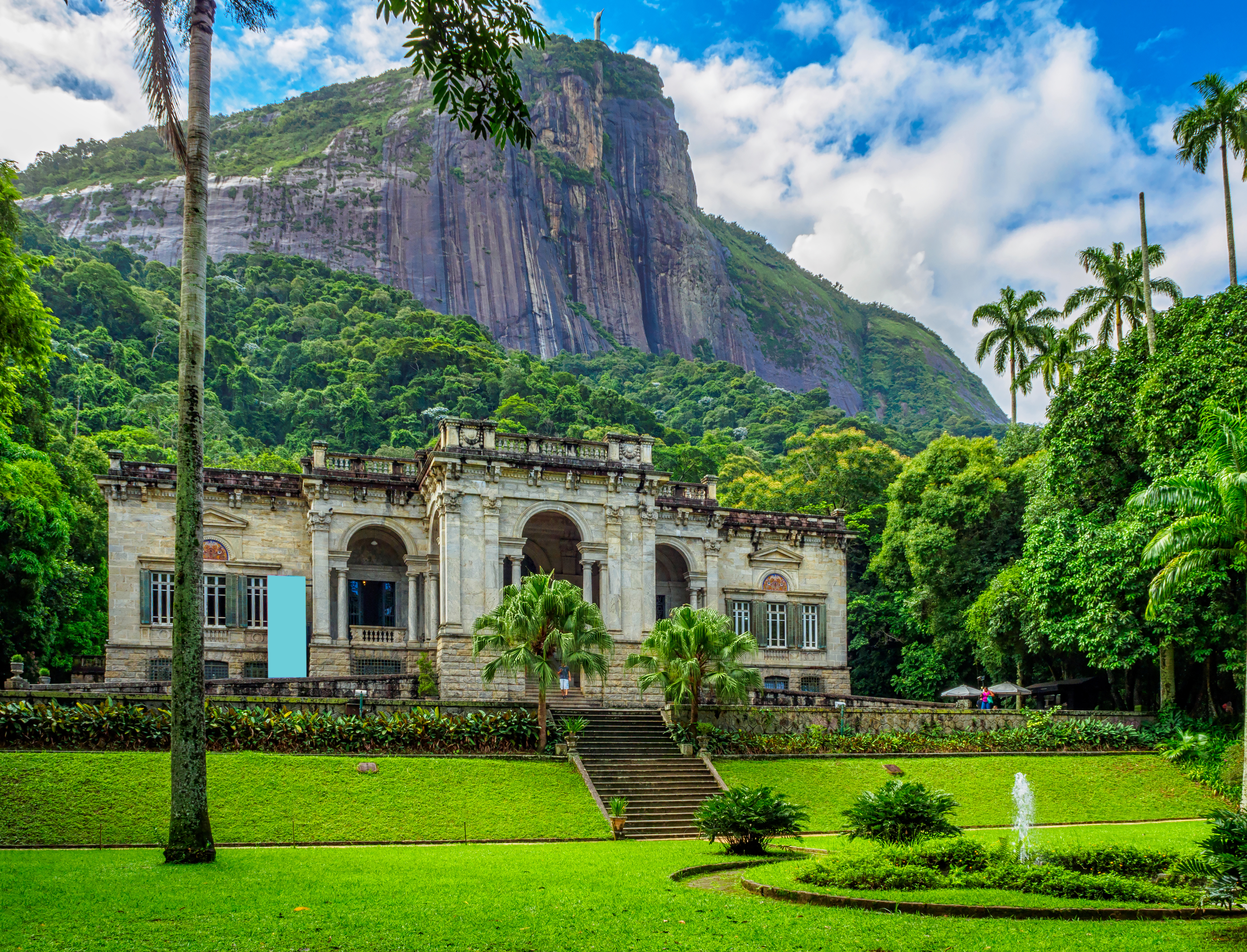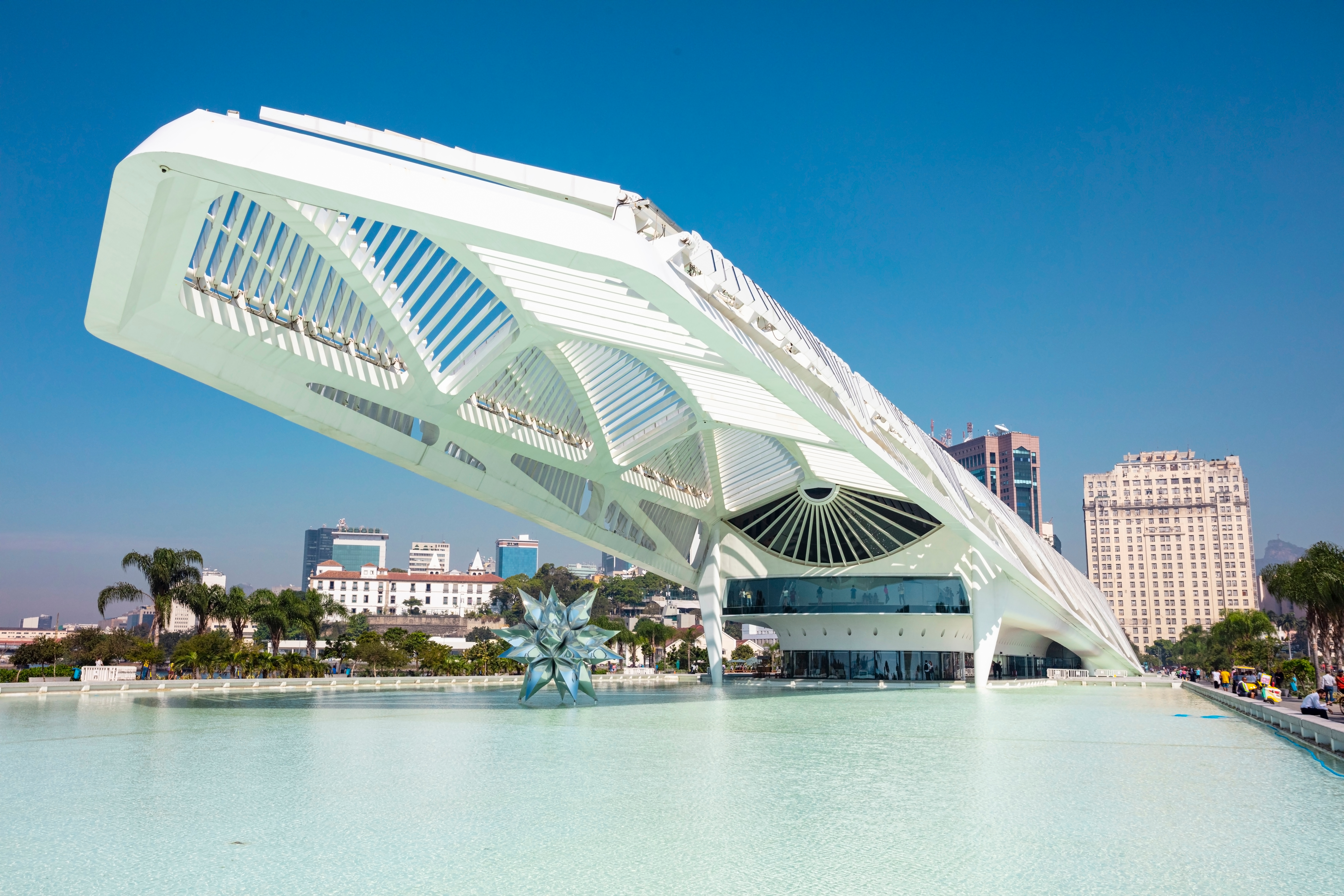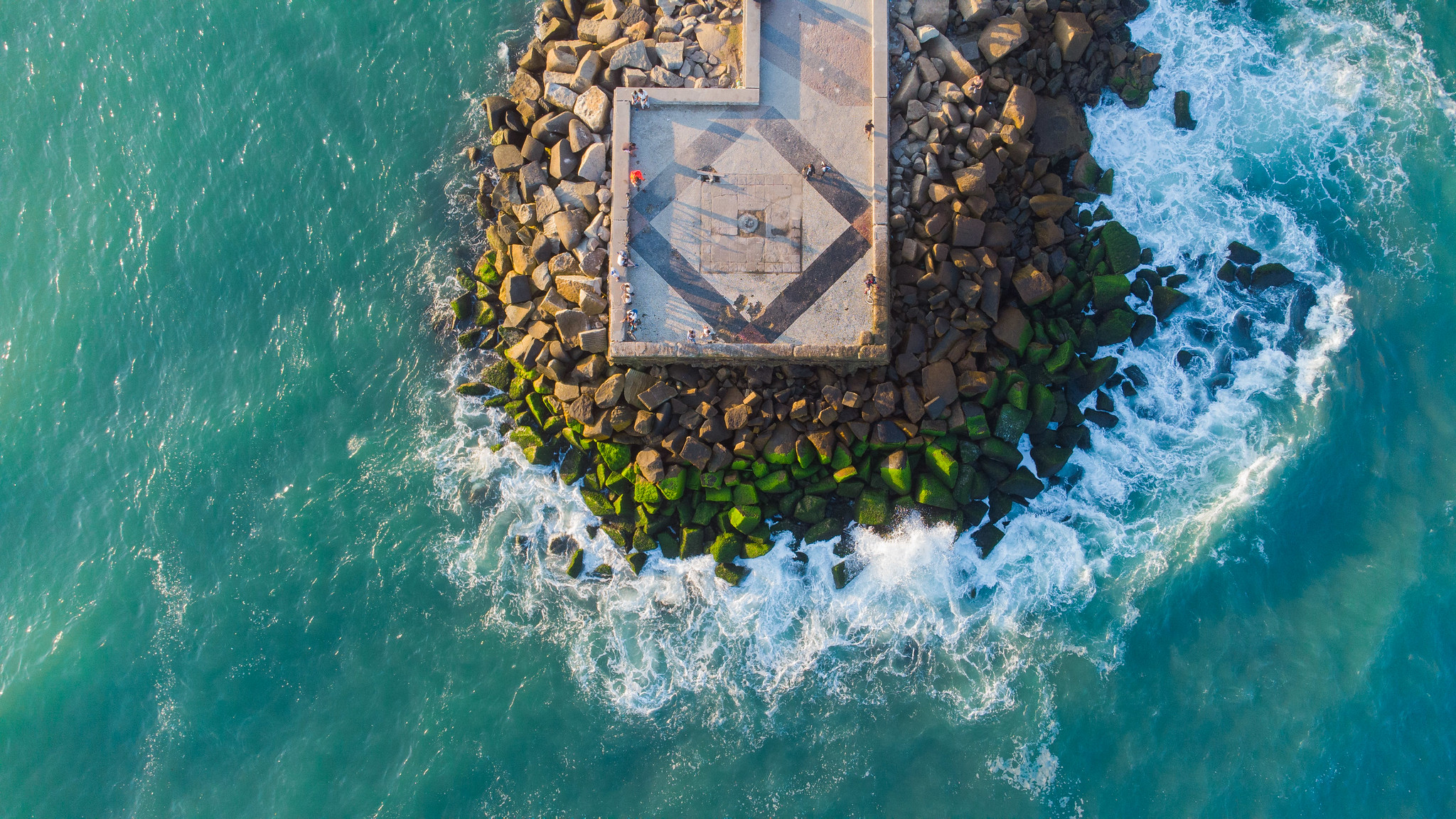Real Gabinete Português de Leitura
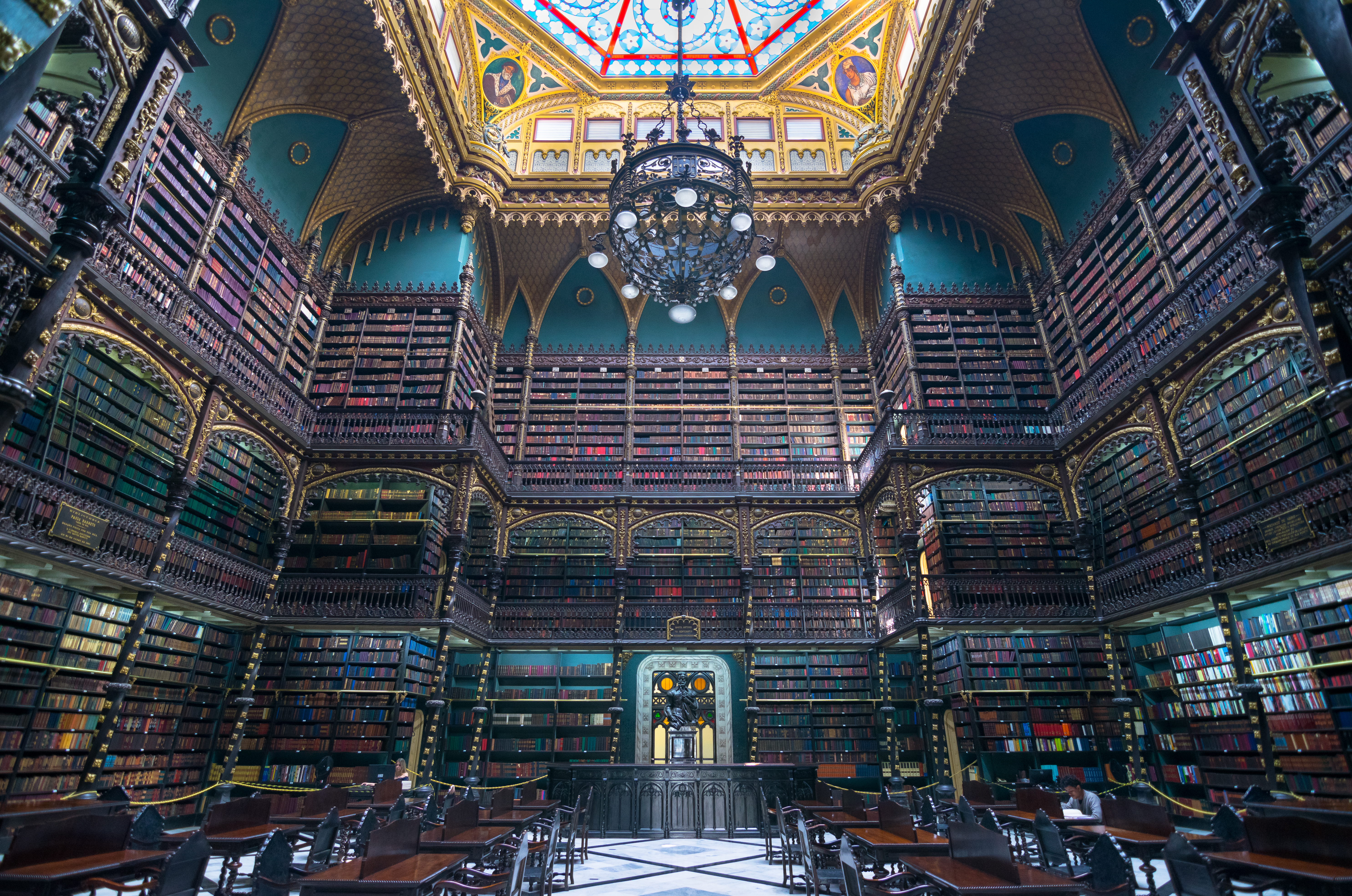
A tranquil hub of Portuguese culture and learning
Real Gabinete Português de Leitura (the Royal Portuguese Cabinet of Reading) is a library and lusophone cultural institution in the center of Rio de Janeiro. The institution was founded in 1837 by Portuguese immigrants in order to promote Portuguese culture and language in the city. The current building was erected in 1880 by the last monarch of Brazil, Emperor Pedro II.
It’s home to the largest collection of Portuguese literature outside of Portugal, with a fully computerized collection of 350,000 volumes. In recent years, the Gabinete was listed by the Guardian and Forbes as one of the world’s most beautiful libraries. It is fully open for public viewing, with visitors able to search for rare Portuguese books or simply browse through the amazing collection.

